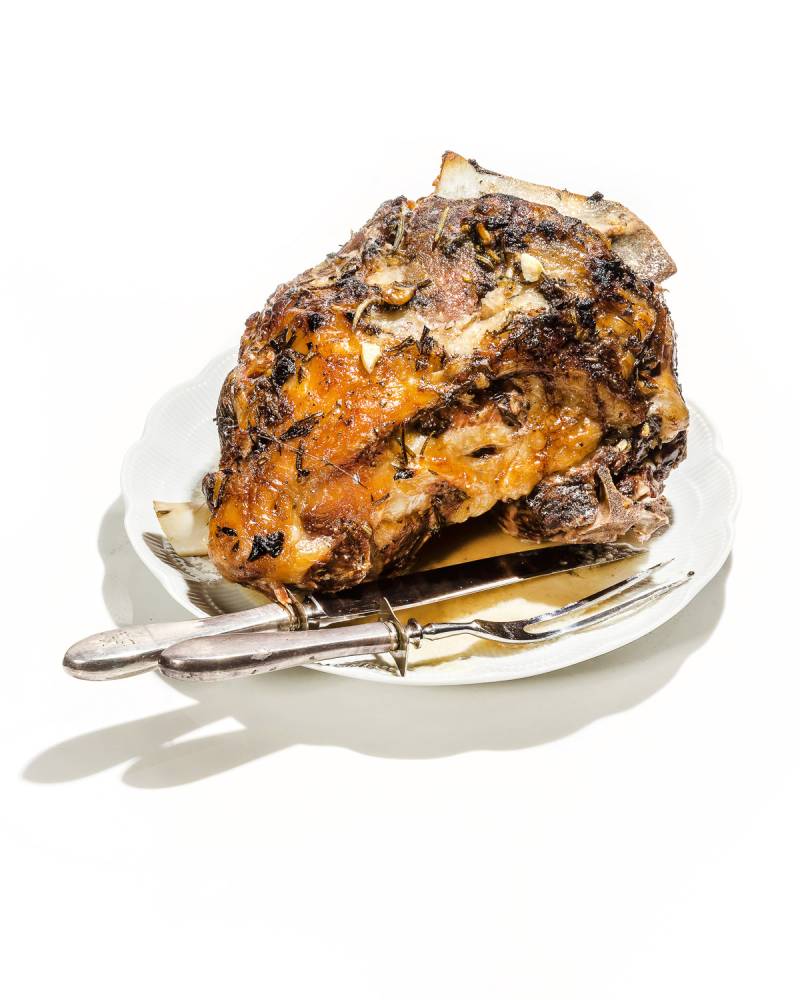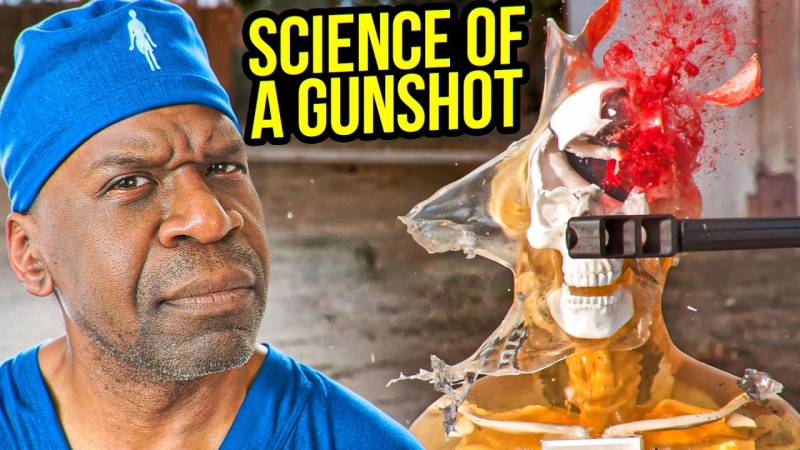A study published in American Psychologist examined the suicide rates of psychologists between 2003 and 2018, identifying 159 cases of psychologist suicide in the National Violent Death Reporting System. Psychologists accounted for approximately 5% of suicides among ten different healthcare professions in 2018.
(If you are experiencing suicidal thoughts, call the National Suicide Prevention Lifeline at 1-800-273-8255 or follow this link to their online chat.)
Globally, there are 700,000 deaths by suicide per year – that is roughly 1 every 40 seconds. Between 2000 and 2018, suicides increased by 65% in the United States. Some groups, such as healthcare professionals, are at greater risk of committing suicide compared to the general population. However, there have been conflicting results with regard to suicide among psychologists. For example, some studies have identified higher rates of suicide among female psychologists compared to the general population, and others have reported no differences, or lower rates of suicides among psychologists.
In this work, Tiffany Li and colleagues specifically examined suicide rates among psychologists as compared to other health professions by referring to 2003-2018 data in the National Violent Death Reporting System. Other healthcare professions examined included dentist, advanced practice registered nurse, nurse, pharmacist, physician assistant, nonpsychiatric physician, psychiatric physician, psychologist, social worker, and veterinarian. A total of 159 psychologists with doctoral degrees were identified, including retired or unemployed psychologists. Related occupations, such as counselor or therapist, were excluded.
Half of these deaths occurred after 2014, with most (i.e., 34 deaths) occurring in the year 2018. Two-thirds of the reported suicides were of males, and the mean age of decedents was 56.3 years; female decedents were slightly younger than males, with 43% under age 50. Roughly 40% of decedents were married, in a civil union or domestic partnership, while 30% were divorced. The majority of decedents – 92% – were White. Approximately 36% of cases occurred in Southern states, while 25% and 20% occurred in Western and Midwestern states respectively.
At 34%, use of firearms was the most common method of suicide, followed by asphyxia (28%) and overdose (26%). In 70% of cases, no alcohol use was suspected at the time of suicide. While 55% of decedents had mental health issues, of those individuals, 43% were seeking treatment, while 47% had treatment histories. Depression/dysthymia and anxiety accounted for 43% and 12% of diagnoses respectively, while alcohol and substance use issues each accounted for 8% of reported problems.
Psychologists accounted for roughly 5% of the 688 suicides among all ten healthcare professionals in 2018, comprising the fifth largest group, following nurses, social workers, physicians, and pharmacists.
One limitation to this work is that the true incidence of suicide among healthcare professionals is likely underestimated. In some cases, the decedent’s occupation may have not been reported. As well, there could be confusion regarding different types of mental health professions, leading to incorrect occupations being entered for some decedents.
The authors conclude, “At the most basic level, the suicide of health professionals highlights the importance of being alert, attending to, and caring for colleagues whose distress may place them in greater jeopardy than may be apparent.”




